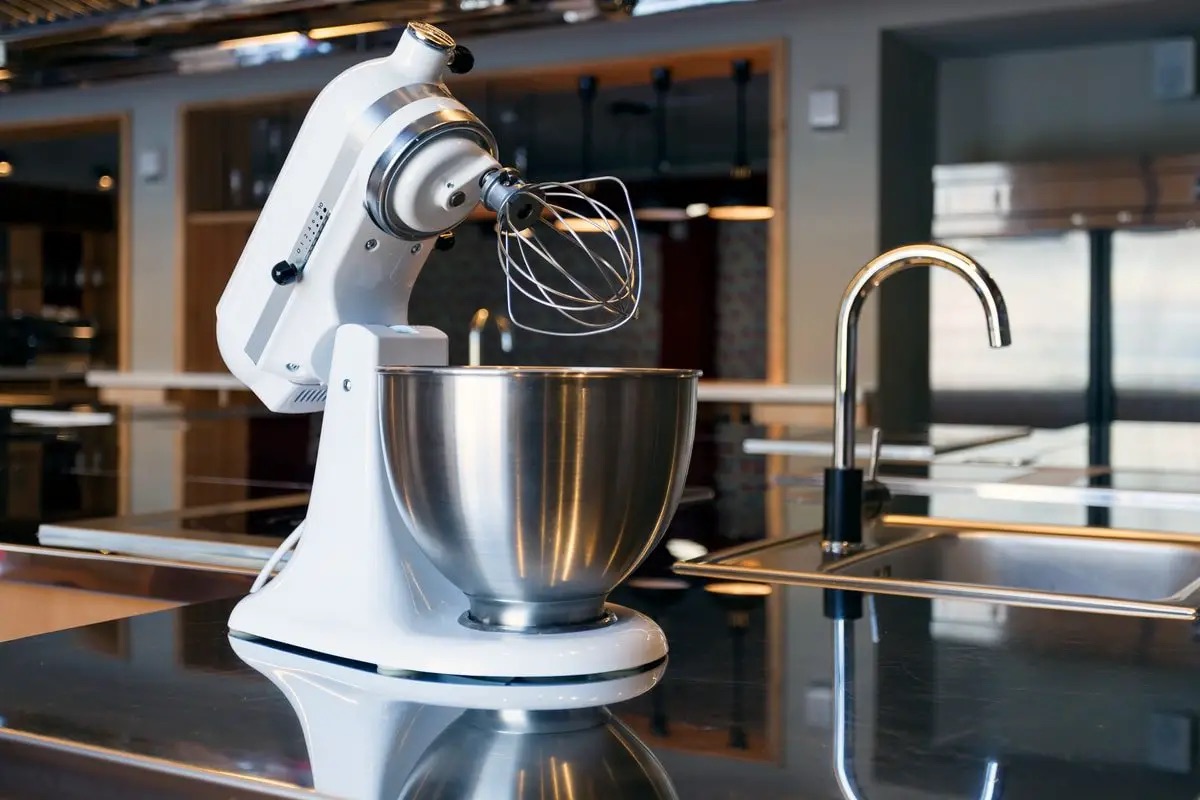

Articles
What Is Stand Mixer
Modified: January 18, 2024
Discover the benefits and uses of a stand mixer in this informative article. Learn how to choose the perfect stand mixer for your kitchen and elevate your cooking game.
(Many of the links in this article redirect to a specific reviewed product. Your purchase of these products through affiliate links helps to generate commission for Storables.com, at no extra cost. Learn more)
Introduction
A stand mixer is a versatile and powerful kitchen appliance that has become an essential tool for both professional chefs and home cooks. With its ability to effortlessly mix, whip, and knead ingredients, a stand mixer saves time and energy in the kitchen, allowing for more efficient and consistent results.
The purpose of a stand mixer is to take the manual effort out of mixing ingredients by providing a motorized mechanism to do the hard work. With the help of attachments such as a dough hook, paddle attachment, and whisk, a stand mixer can handle a wide range of tasks, from making bread dough to whipping up fluffy meringues.
Understanding the components of a stand mixer is essential to fully utilize its capabilities. The main parts include the base, which houses the motor, the head, which attaches to the base and holds the mixing bowl, and the mixing attachments, which are used to mix the ingredients. Some stand mixers also come with additional accessories such as a splash guard and a pouring shield to prevent splattering and make pouring easier.
So how does a stand mixer work? The motor in the base of the mixer powers the rotating action of the attachments. The user can adjust the speed of the mixer depending on the task at hand, whether it requires a gentle stir or a high-speed whip. The head of the mixer can be tilted back or lifted up to access the mixing bowl, making it easy to add ingredients or scrape down the sides.
There are numerous benefits to using a stand mixer in the kitchen. First and foremost, it saves time and effort. No more painstakingly stirring batter by hand or kneading dough for long periods. A stand mixer can perform these tasks quickly and efficiently, leaving you with more time to focus on other aspects of cooking or baking.
Furthermore, a stand mixer ensures consistent results. The powerful motor and precise speed settings guarantee that your mixtures are evenly blended, resulting in uniform texture and taste. This is particularly beneficial for recipes that require thorough mixing, such as cake batters or cookie dough.
With a stand mixer, you also have the ability to multitask. While the mixer is doing the heavy lifting, you can take care of other preparations or even step away from the kitchen for a brief moment. This convenience allows for a more streamlined cooking process.
In the next sections, we will explore the different types of stand mixers available in the market, factors to consider when buying one, how to properly care for and maintain your stand mixer, and popular brands that offer high-quality options. Whether you are an aspiring baker or an experienced chef, a stand mixer can be a game-changer in your kitchen.
Key Takeaways:
- Stand mixers save time and effort by providing consistent and professional results, making them an essential tool for both home cooks and professional chefs. They offer convenience, versatility, and efficiency in the kitchen.
- When purchasing a stand mixer, consider factors such as mixing power, capacity, attachments, and ease of use to ensure it meets your specific requirements and provides the functionality you desire. Proper care and maintenance will help prolong its lifespan and keep it in optimal condition for years to come.
Read more: What Is A Mixer
Purpose of a Stand Mixer
A stand mixer serves a crucial purpose in the kitchen by providing a convenient and efficient way to mix ingredients. Its primary function is to take the laborious task of mixing by hand and automate it, saving time and effort for the cook or baker.
One of the key purposes of a stand mixer is to mix ingredients thoroughly and evenly. Whether you are making cake batter, bread dough, or cookie dough, achieving a consistent texture and incorporating all the ingredients evenly is essential for a successful outcome. By using the appropriate mixing attachment and adjusting the speed settings, a stand mixer can effortlessly combine ingredients, ensuring a uniform mixture every time.
Another purpose of a stand mixer is to whip ingredients, such as egg whites or cream, to incorporate air and create volume. The whisk attachment of a stand mixer beats the ingredients rapidly, introducing air bubbles that result in light and fluffy mixtures. This is particularly useful when making meringues, soufflés, or whipped cream.
Stand mixers are also designed to knead dough, a task that can be physically demanding when done by hand. Mixing dough requires a strong and consistent force to develop the gluten and achieve the desired elasticity. With the help of a dough hook attachment, a stand mixer can handle this task effortlessly, saving the cook or baker from the repetitive motion and effort.
Additionally, a stand mixer has the purpose of mixing large volumes of ingredients. Traditional manual mixing methods can become challenging and time-consuming when dealing with large quantities. A stand mixer, with its powerful motor and spacious bowl capacity, can handle larger batches with ease and efficiency. This is particularly beneficial for those who bake or cook in bulk or for large gatherings.
Moreover, a stand mixer serves as a versatile tool in the kitchen. Many stand mixers come with a range of attachments, allowing the user to perform various tasks beyond basic mixing. Some common attachments include a pasta maker, juicer, meat grinder, and vegetable slicer. This versatility expands the range of culinary possibilities and makes the stand mixer a valuable asset for any kitchen.
In summary, the purpose of a stand mixer is to simplify and streamline the process of mixing ingredients. It takes the physical effort out of mixing, ensures thorough and consistent results, whips ingredients to create airiness, kneads dough effortlessly, handles large volumes of ingredients, and offers additional functionality with different attachments. By investing in a stand mixer, you can elevate your cooking and baking experience to a new level of convenience and professional-quality results.
Components of a Stand Mixer
A stand mixer consists of several key components that work together to provide a seamless and efficient mixing experience. Understanding these components is essential for effectively using and maintaining a stand mixer. Let’s take a closer look at each component:
- Base: The base of a stand mixer houses the motor, which powers the mixing action. It is typically a sturdy, heavy-duty component that provides stability and support for the rest of the mixer. The base may also feature control knobs or buttons to adjust the speed settings.
- Head: The head of the stand mixer attaches to the base and holds the mixing bowl and attachments in place. It is designed to tilt back or lift up, allowing easy access to the bowl for adding ingredients or scraping down the sides. The head also houses the motor’s gears and mechanisms that drive the rotating action.
- Mixing Bowl: The mixing bowl is where the ingredients are placed for mixing. It is typically made of stainless steel or glass and comes in various sizes to accommodate different batch sizes. The bowl securely attaches to the head of the mixer and sits snugly, ensuring stability during mixing. Some stand mixers offer a bowl-lift design, where the bowl is elevated or lowered using a lever attached to the head.
- Mixing Attachments: Stand mixers come with different types of mixing attachments that are interchangeable based on the task at hand. The most common attachments include:
- Dough Hook: A dough hook is used for kneading yeast dough, such as bread or pizza dough. It mimics the motion of hand-kneading and ensures thorough mixing and gluten development.
- Paddle Attachment: The paddle attachment is the go-to tool for general mixing jobs, such as making cake batter or cookie dough. It has a flat, wide shape with a thin edge, allowing it to scrape the sides of the bowl effectively.
- Whisk Attachment: The whisk attachment is used for incorporating air into ingredients, such as whipping cream or beating egg whites. It features wire loops that rapidly beat the ingredients to create volume and lightness.
- Splash Guard/Pouring Shield: Some stand mixers come with a splash guard or pouring shield attachment. This component fits onto the top of the mixing bowl, preventing splattering and messes during mixing. It may have an opening that allows for easy ingredient addition while the mixer is running.
In addition to these main components, stand mixers may also have additional features and accessories, such as a handle on the bowl for easy lifting and carrying, a power hub for attaching various optional attachments, and a cord wrap for tidy storage.
Understanding the components of a stand mixer allows you to maximize its functionality and get the most out of this versatile kitchen appliance. Whether you are mixing, kneading, or whisking, each component plays a crucial role in ensuring a smooth and efficient mixing process.
How a Stand Mixer Works
At first glance, a stand mixer may seem like a complex kitchen appliance, but understanding how it works can demystify its inner workings. Let’s explore the basic mechanisms that power a stand mixer and make it such a versatile tool in the kitchen.
At the heart of a stand mixer is the motor, which is housed in the base of the appliance. This motor provides the power necessary to drive the various mixing attachments and perform the mixing tasks. The motor can vary in wattage and power, depending on the model and brand of the stand mixer.
To engage the motor and begin mixing, the user typically starts by attaching the desired mixing attachment to the head of the mixer. The head can be tilted back or lifted up, allowing access to the mixing bowl. Once the attachment is securely in place, the user lowers the head and locks it into position.
The speed and mixing action are controlled through knobs or buttons located on the base of the stand mixer. By adjusting these controls, the user can set the desired speed for the mixing process. Stand mixers usually offer a range of speed options, from slow mixing to high-speed whipping, providing versatility for different recipes and tasks.
When the motor is activated, it transfers power to the attachment via a series of gears and mechanisms inside the head of the stand mixer. These gears work together to convert the rotational motion of the motor into the corresponding action of the mixing attachment, whether it’s rotating, kneading, or whisking.
The attachment makes contact with the ingredients in the mixing bowl, and as it rotates or moves, it blends and incorporates the ingredients together. The shape and design of the attachment determine the specific mixing action. For example, a dough hook mimics the motion of hand kneading, while a whisk attachment rapidly beats and whips the ingredients to introduce air and create volume.
One of the key advantages of a stand mixer is its ability to mix ingredients thoroughly and evenly. The powerful motor ensures that all the ingredients are well combined, resulting in a consistent mixture with uniform texture and taste. This is particularly crucial for recipes that require thorough mixing, such as cake batters or bread dough.
Additionally, many stand mixers are equipped with features to aid the mixing process. For instance, some models have a planetary mixing action, where the mixing attachment rotates in one direction while simultaneously spinning around the bowl in the opposite direction. This action ensures that the ingredients are thoroughly mixed from all angles, eliminating the need for manual scraping of the bowl sides.
Once the mixing process is complete, the user can tilt the head of the stand mixer back or lift it up to remove the mixing attachment and access the mixed ingredients in the bowl. This makes it easy to transfer the mixture into baking pans or serving containers without any hassle.
Overall, a stand mixer simplifies the process of mixing ingredients by harnessing the power of its motor and intelligently designed attachments. By understanding how a stand mixer works, you can harness its capabilities to streamline your cooking and baking tasks, achieve consistent and professional results, and save valuable time and effort in the kitchen.
Benefits of Using a Stand Mixer
A stand mixer is a versatile kitchen appliance that offers numerous benefits for both professional chefs and home cooks. By incorporating a stand mixer into your cooking routine, you can enjoy a range of advantages that can enhance your culinary experience. Let’s explore the benefits of using a stand mixer:
- Time and Effort Saving: One of the primary benefits of using a stand mixer is that it saves you time and effort in the kitchen. Stand mixers are equipped with powerful motors that can handle mixing, kneading, and whipping tasks quickly and efficiently. No more tiring and time-consuming manual stirring or kneading by hand. With a stand mixer, you can let the appliance do the hard work for you, giving you more time to focus on other preparations or even relax.
- Consistent Results: Achieving consistent results in cooking and baking can be a challenge, but a stand mixer can help you achieve that. The powerful motor and precise speed settings of a stand mixer ensure that your mixtures are thoroughly blended and evenly incorporated. This is especially important when it comes to recipes that require precise mixing, such as cake batters or bread dough. With a stand mixer, you can be confident that your mixtures will consistently turn out well-mixed and uniform in texture.
- Easy and Convenient: Stand mixers are designed with convenience in mind. The attachments are easy to attach and detach, making it a breeze to switch between mixing tasks. The tilt-back or lift-up head design allows for easy access to the mixing bowl, making it effortless to add ingredients or scrape down the sides of the bowl. Some models even come with pouring shields or splash guards to prevent messy spills and splatters. All of these features contribute to making your cooking and baking experience more convenient and enjoyable.
- Multitasking: With a stand mixer, you can easily multitask in the kitchen. While the stand mixer is doing the mixing, you can focus on other tasks, such as preparing ingredients, cleaning up, or working on another recipe. This multitasking capability allows you to be more efficient in the kitchen, saving you time and enabling you to be more productive.
- Versatility: Stand mixers offer a wide range of versatility in the kitchen. Many models come with multiple attachments that extend the functionality of the mixer beyond just mixing. You can find attachments for tasks such as grinding meat, making pasta, juicing fruits, and slicing vegetables. This versatility allows you to explore new recipes and techniques, making your stand mixer a versatile tool that can handle various cooking and baking needs.
- Ability to Handle Large Quantities: Stand mixers are built to handle large quantities of ingredients with ease. The powerful motor and spacious mixing bowl capacity allow you to mix larger batches of dough, batter, or other mixtures without any hassle. This is particularly useful when cooking or baking for a crowd, saving you time and effort in preparing multiple batches of a recipe.
Overall, a stand mixer is a valuable investment in your kitchen that offers numerous benefits. From saving time and effort to achieving consistent and professional results, a stand mixer can transform your cooking and baking experience. Its convenience features, multitasking capabilities, versatility, and ability to handle large quantities make it a must-have appliance for any aspiring home cook or professional chef.
When using a stand mixer, always start at a low speed to prevent ingredients from splattering. Gradually increase the speed as needed for the recipe.
Read more: What Is A Planetary Mixer
Types of Stand Mixers
Stand mixers come in various types, each with its own features and capabilities. Understanding the different types of stand mixers available can help you choose the one that best suits your specific cooking and baking needs. Here are some common types of stand mixers:
- Residential Stand Mixers: These stand mixers are designed for home use and are typically smaller in size compared to commercial models. They are suitable for everyday cooking and baking tasks, such as mixing cake batters, kneading dough, and whipping cream. Residential stand mixers often come with a range of attachments and speed settings to accommodate different recipes and mixing needs. They are available in a variety of price ranges and brands.
- Commercial Stand Mixers: As the name suggests, commercial stand mixers are designed for professional use in commercial kitchens, bakeries, and food establishments. They are larger and more heavy-duty than residential models, built to handle high-volume and continuous mixing tasks. These stand mixers offer enhanced power and durability to meet the demands of a professional kitchen. They often have higher wattage motors, larger capacity mixing bowls, and additional features for commercial-grade performance.
- Compact Stand Mixers: Compact stand mixers are smaller in size and ideal for those with limited kitchen space or occasional baking needs. While they may have a smaller capacity and slightly less power compared to standard stand mixers, they still offer the convenience of hands-free mixing and versatility for various recipes. Compact stand mixers are a great option for small households or individuals who have less frequent mixing requirements.
- High-End Stand Mixers: High-end stand mixers are known for their superior quality, craftsmanship, and advanced features. They often come from well-known and respected brands in the kitchen appliance industry. These stand mixers are designed to deliver exceptional performance, durability, and precision in mixing. They may offer additional attachments, larger bowl capacities, and higher wattage motors for more extensive baking and cooking projects. High-end stand mixers are an excellent choice for those who prioritize top-notch performance and professional-quality results.
- Tilt-Head Stand Mixers: Tilt-head stand mixers are characterized by their tilting head design, which allows easy access to the mixing bowl. The head can be tilted back, providing clear access to the bowl for adding ingredients or attaching and detaching mixing attachments. This design feature is convenient for scraping down the sides of the bowl and simplifying the process of adding ingredients as you mix. Tilt-head stand mixers are popular for their user-friendly operation and versatility.
- Bowl-Lift Stand Mixers: Bowl-lift stand mixers have a different design compared to tilt-head models. Instead of tilting back, the head of the mixer remains stationary, and the mixing bowl is lifted or lowered using a lever attached to the side of the machine. This design allows for better stability and control, especially when handling large quantities or heavy mixtures. Bowl-lift stand mixers are often favored by professional bakers and those who frequently handle substantial mixing tasks.
When choosing a stand mixer, consider your specific cooking and baking needs, available space, and budget. Pay attention to factors such as motor power, mixing capacities, included attachments, and ease of use. Whether you opt for a residential or commercial model, a compact or high-end mixer, or a tilt-head or bowl-lift design, investing in a stand mixer will undoubtedly elevate your culinary experience and make your mixing tasks more efficient and enjoyable.
Factors to Consider When Buying a Stand Mixer
When shopping for a stand mixer, there are several important factors to consider to ensure that you choose the right model that meets your specific needs. Here are some key factors to keep in mind when buying a stand mixer:
- Mixing Power and Speed: The mixing power and speed of a stand mixer are essential considerations. Higher wattage motors generally indicate more power and the ability to handle tough mixing tasks, such as kneading thick dough. Look for a mixer with variable speed settings, allowing you to adjust the speed according to the recipe requirements. Having a range of speed options ensures versatility for various mixing tasks.
- Capacity: Consider the capacity of the mixing bowl. Stand mixers typically come with a range of bowl sizes, from smaller ones suitable for small batches to larger ones for large batches or commercial use. Choose a capacity that aligns with your typical batch size. It’s also helpful to have a bowl with a handle for easier pouring and maneuvering.
- Attachments and Accessories: Check the attachments and accessories that come with the stand mixer. Common attachments include a dough hook for kneading dough, a paddle attachment for general mixing, and a whisk attachment for whipping. Ensure that the stand mixer you choose has the attachments you need for your specific cooking and baking tasks. Some models also offer optional attachments for added versatility.
- Build Quality and Durability: Consider the build quality and durability of the stand mixer. Look for models made from sturdy materials that can withstand heavy use. Stainless steel bowls and durable metal components are preferable to ensure longevity and reliable performance. Read reviews and check the reputation of the brand for insights into the stand mixer’s durability and long-term reliability.
- User-Friendliness and Ease of Cleaning: A stand mixer should be easy to use and clean. Look for features like a tilt-head or bowl-lift design for easy access to the bowl and attachments. Removable attachments and dishwasher-safe components can make cleaning more convenient. Consider the overall design and layout of the controls and settings to ensure it is intuitive and user-friendly.
- Noise Level: Stand mixers can produce varying noise levels during operation. If noise is a concern for you, consider models that are designed to operate quietly or have noise reduction features. Keep in mind that higher-powered mixers may naturally produce more noise, so balance your noise preference with the desired mixing power.
- Price and Warranty: Set a budget for your stand mixer purchase and compare prices across different brands and models. While a higher price often reflects better quality and additional features, be mindful of your specific needs and prioritize what aspects are most important to you. Additionally, check the warranty coverage for the stand mixer to ensure that you are protected in case of any defects or issues.
By carefully considering these factors, you can make an informed decision when buying a stand mixer that suits your cooking style, preferences, and budget. Remember to prioritize the features that are essential to you, and don’t hesitate to research and read reviews to gather insights and recommendations from other users. Finding the right stand mixer will greatly enhance your culinary experience and make your mixing tasks more efficient and enjoyable.
Care and Maintenance of a Stand Mixer
To ensure the longevity and optimal performance of your stand mixer, it’s important to properly care for and maintain the appliance. By following these care and maintenance guidelines, you can keep your stand mixer in excellent condition for years to come:
- Read the Manual: Familiarize yourself with the manufacturer’s instructions and guidelines provided in the user manual that comes with your stand mixer. This will give you specific information on the care and maintenance requirements for your particular model.
- Unplug and Disassemble: Always unplug your stand mixer from the power source before cleaning or performing any maintenance tasks. Remove any attachments or accessories from the mixer before cleaning them separately.
- Hand Wash Attachments and Bowls: Most stand mixer attachments and bowls should be hand washed with warm, soapy water. Use a mild dishwashing liquid and non-abrasive sponge or brush to clean them thoroughly. Avoid using harsh chemicals or abrasive materials that may damage the surface of the attachments or bowls.
- Wipe Down the Exterior: Use a damp cloth to wipe down the exterior of the stand mixer after each use to remove any spills or splatters. Pay special attention to areas around buttons, knobs, and the tilt-head or bowl-lift mechanism. Dry the mixer thoroughly before storing or using it again.
- Clean Hard-to-Reach Areas: Over time, food particles and debris can accumulate in hard-to-reach areas, such as around the attachment hub or inside the motor housing. Use a small brush or toothbrush to clean these areas regularly, ensuring that they remain free from buildup and debris.
- Avoid Submerging the Motor Housing: Never immerse the motor housing or the power cord in water or any other liquid. These components should not come into contact with water to prevent damaging the electrical components of the stand mixer.
- Store Properly: When not in use, store your stand mixer in a clean and dry area. Protect it from dust and moisture by covering it with a clean cloth or using a dust cover specifically designed for stand mixers. Avoid storing heavy items on top of the mixer to prevent any potential damage.
- Regularly Check and Tighten Screws: Over time, the vibrations from the mixing process may cause screws and bolts to loosen. Periodically check and tighten them as needed to maintain the stability of the stand mixer.
- Follow Maintenance Schedule: Refer to the user manual for any specific maintenance tasks recommended by the manufacturer. This may include lubricating certain components, such as the motor gears or the tilt-head or bowl-lift mechanism, at regular intervals.
- Seek Professional Help if Needed: If you experience any issues or concerns with your stand mixer that cannot be resolved through regular care and maintenance, contact the manufacturer’s customer service or seek professional assistance from an authorized service center.
By following these care and maintenance practices, you can keep your stand mixer clean, functional, and in excellent condition. Proper care will not only extend the lifespan of the appliance but also ensure that it performs optimally, delivering consistent and reliable results in your culinary endeavors.
Popular Stand Mixer Brands
When it comes to stand mixers, several brands have established themselves as leaders in the industry, offering high-quality appliances that are loved by professional chefs and home cooks alike. Here are some popular stand mixer brands known for their performance, reliability, and innovation:
- KitchenAid: KitchenAid is undoubtedly one of the most well-known and highly regarded brands in the world of stand mixers. Known for their iconic design, durability, and versatility, KitchenAid stand mixers are a favorite among professional chefs and home bakers. They offer a wide range of models and colors to choose from, along with various attachments and accessories to enhance the functionality of the stand mixer.
- Cuisinart: Cuisinart is another reputable brand that offers a variety of stand mixers for every type of baker or cook. Cuisinart stand mixers are loved for their powerful motors, durability, and user-friendly features. They come with a range of speed settings, multiple attachments, and large mixing bowls, making them suitable for various mixing tasks and batch sizes.
- Breville: Breville is known for its high-performance stand mixers that combine functionality, versatility, and sleek design. Their stand mixers offer innovative features such as load sensing technology, which automatically adjusts the motor speed based on the mixing load, ensuring consistent performance. Breville stand mixers also come with a variety of attachments and mixing bowl options to cater to different needs.
- Hamilton Beach: Hamilton Beach is a brand that offers stand mixers that provide excellent value for money. Their stand mixers are known for their affordability, reliability, and performance. Hamilton Beach stand mixers offer a range of speeds and come with attachments such as dough hooks, beaters, and whisks to handle various mixing tasks.
- Sunbeam: Sunbeam is a long-standing brand in the kitchen appliance industry, and their stand mixers have gained popularity for their affordability and reliability. Sunbeam stand mixers offer multiple speed options and various attachments to accommodate different mixing needs. They are known for their ease of use and durability.
- Smeg: Smeg stands out with its retro-inspired design and high-quality craftsmanship. Smeg stand mixers combine style and functionality, featuring powerful motors, multiple speed settings, and a variety of attachments. They are a popular choice for those who prioritize aesthetics in their kitchen appliances.
- Ankarsrum: Ankarsrum is a Swedish brand that is known for its unique and innovative stand mixers. Their stand mixers feature a unique bowl-lift design and a central drive system that provides efficient and thorough mixing. Ankarsrum stand mixers are characterized by their durable construction and versatility, making them a popular choice among serious bakers.
These brands have earned their reputations through years of excellence in the industry and have consistently delivered stand mixers with outstanding performance and features. However, it’s essential to do thorough research, read reviews, and consider your specific needs and budget when choosing a stand mixer. Each brand offers a variety of models with different features, so you can find the perfect stand mixer that suits your culinary requirements.
Read more: What Is A Dough Mixer
Conclusion
A stand mixer is an invaluable kitchen appliance that can make a significant difference in your cooking and baking endeavors. With the ability to mix, whip, and knead with ease, a stand mixer saves you time and effort while delivering consistent and professional results. Whether you are a passionate home baker or an aspiring chef, a stand mixer offers convenience, versatility, and efficiency in the kitchen.
We explored the various components of a stand mixer, including the base, head, mixing bowl, and attachments, and learned how they work together to create seamless mixing action. We also delved into the benefits of using a stand mixer, such as time-saving, consistent results, and multitasking capabilities. By understanding the different types of stand mixers available, you can choose the one that best suits your cooking style and needs.
When purchasing a stand mixer, it is important to consider factors such as mixing power, capacity, attachments, and ease of use. By selecting a stand mixer based on these considerations, you can ensure that it meets your specific requirements and provides the functionality you desire. Additionally, proper care and maintenance of your stand mixer will help prolong its lifespan and keep it in optimal condition for years to come.
Many reputable brands offer stand mixers known for their performance and reliability. KitchenAid, Cuisinart, Breville, Hamilton Beach, Sunbeam, Smeg, and Ankarsrum are among the popular brands that offer a range of models to suit different budgets and preferences.
In conclusion, investing in a stand mixer can elevate your culinary experience to new heights. Whether you are whipping up light and fluffy meringues, kneading dough for homemade bread, or mixing batter for delicious treats, a stand mixer provides convenience, efficiency, and consistent results. By considering your specific needs and preferences, you can find the perfect stand mixer that will become an indispensable tool in your kitchen, making cooking and baking tasks a breeze and enabling you to unleash your creativity in the culinary world.
Frequently Asked Questions about What Is Stand Mixer
Was this page helpful?
At Storables.com, we guarantee accurate and reliable information. Our content, validated by Expert Board Contributors, is crafted following stringent Editorial Policies. We're committed to providing you with well-researched, expert-backed insights for all your informational needs.
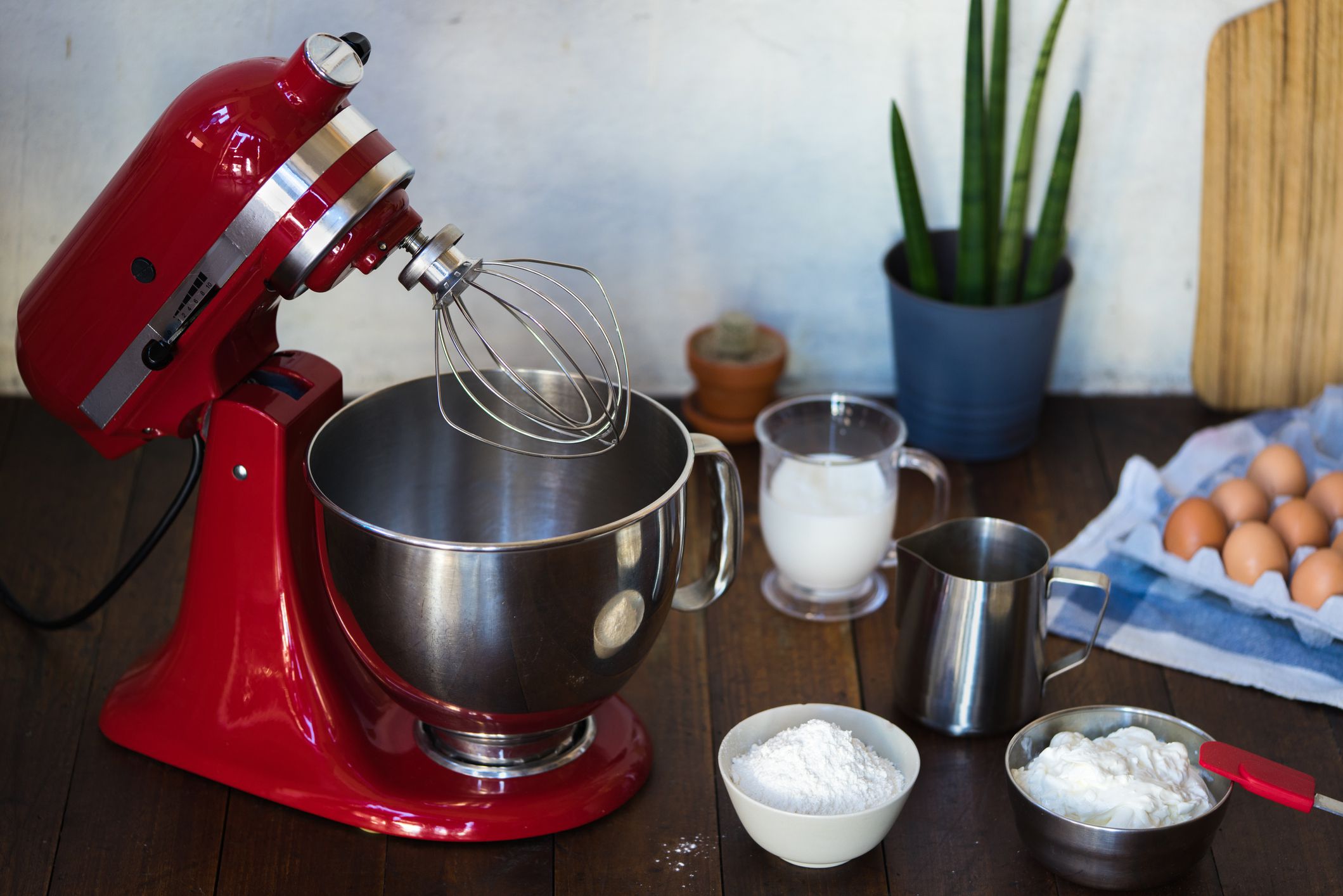
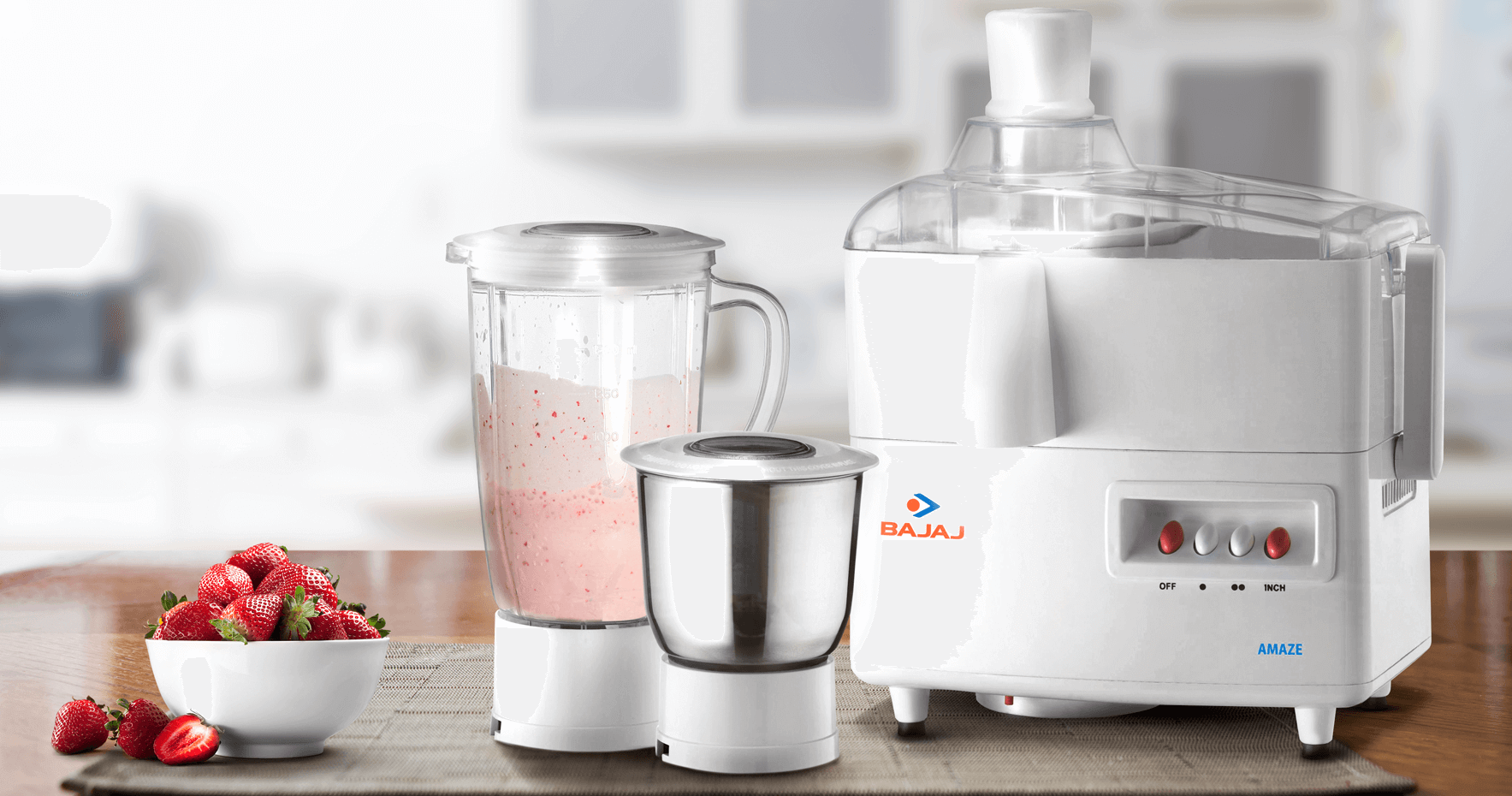
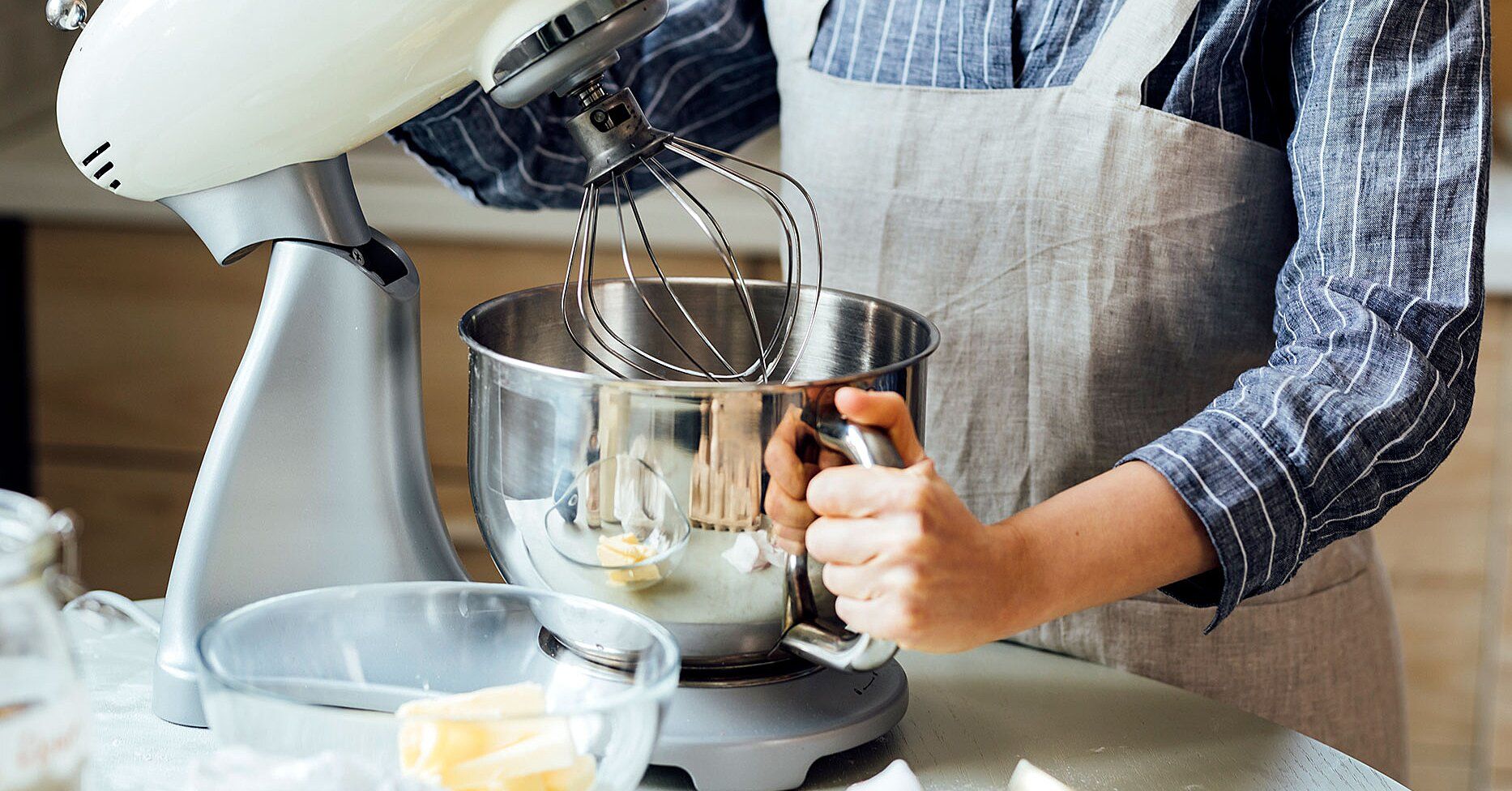
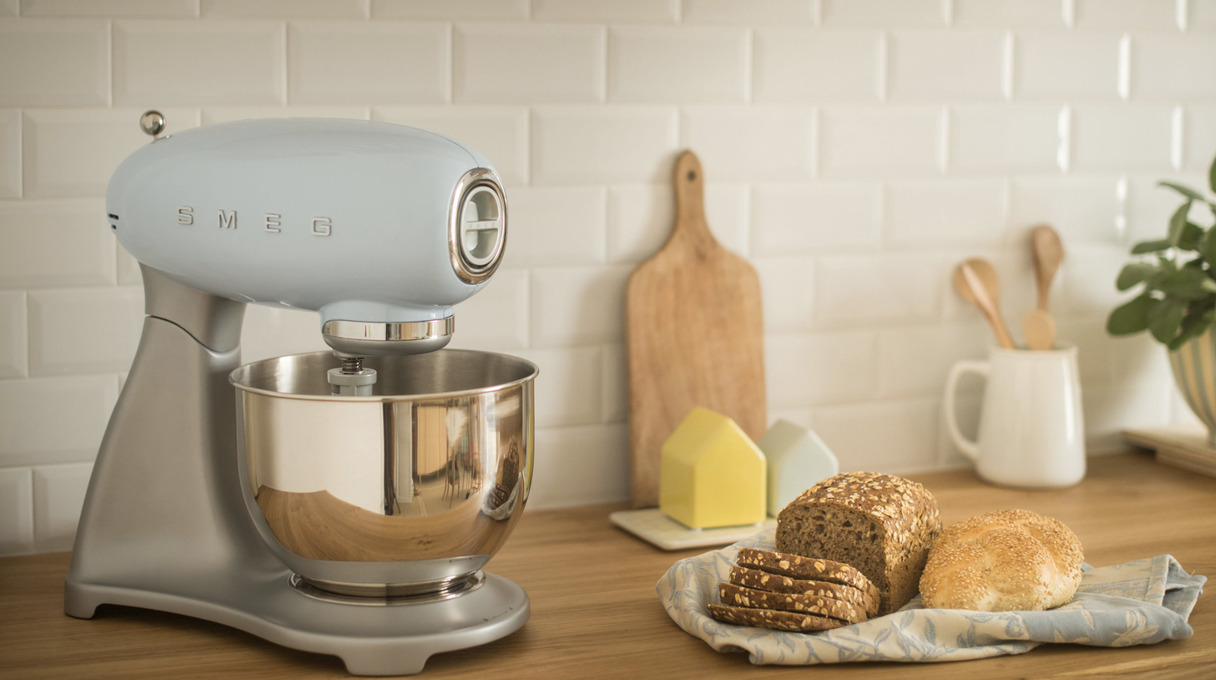
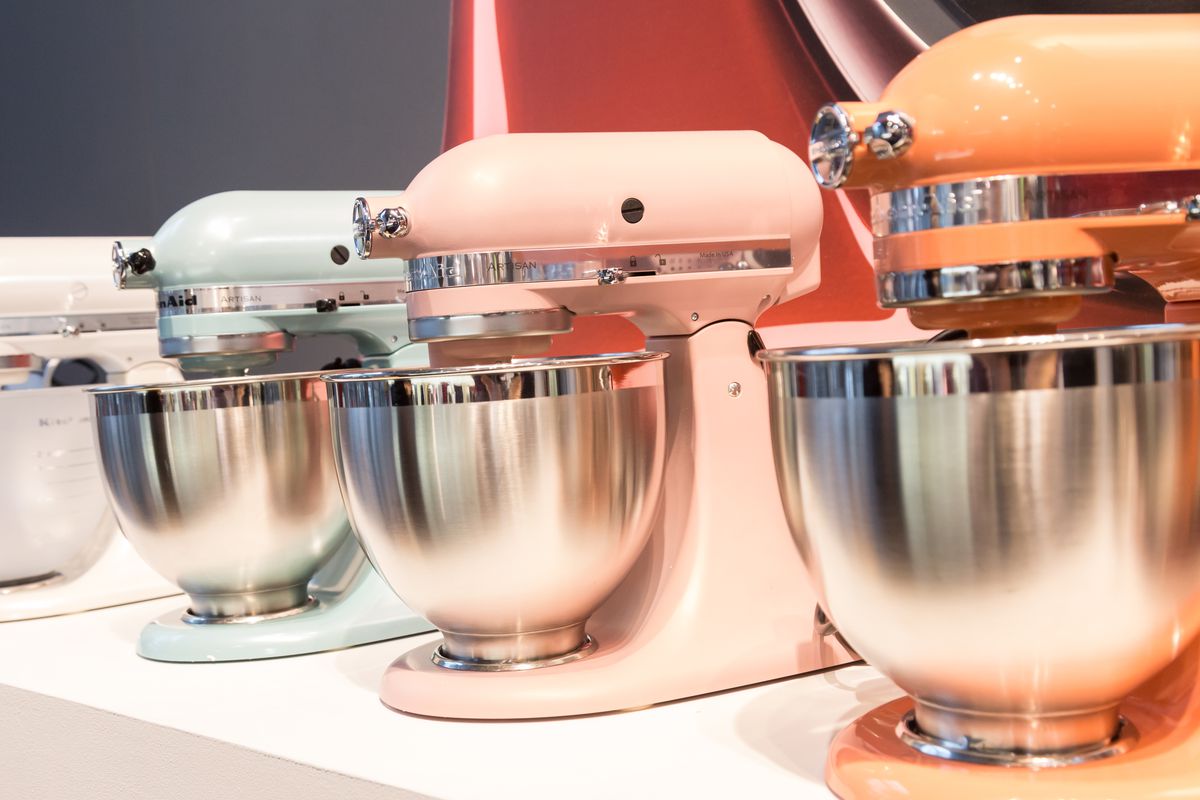
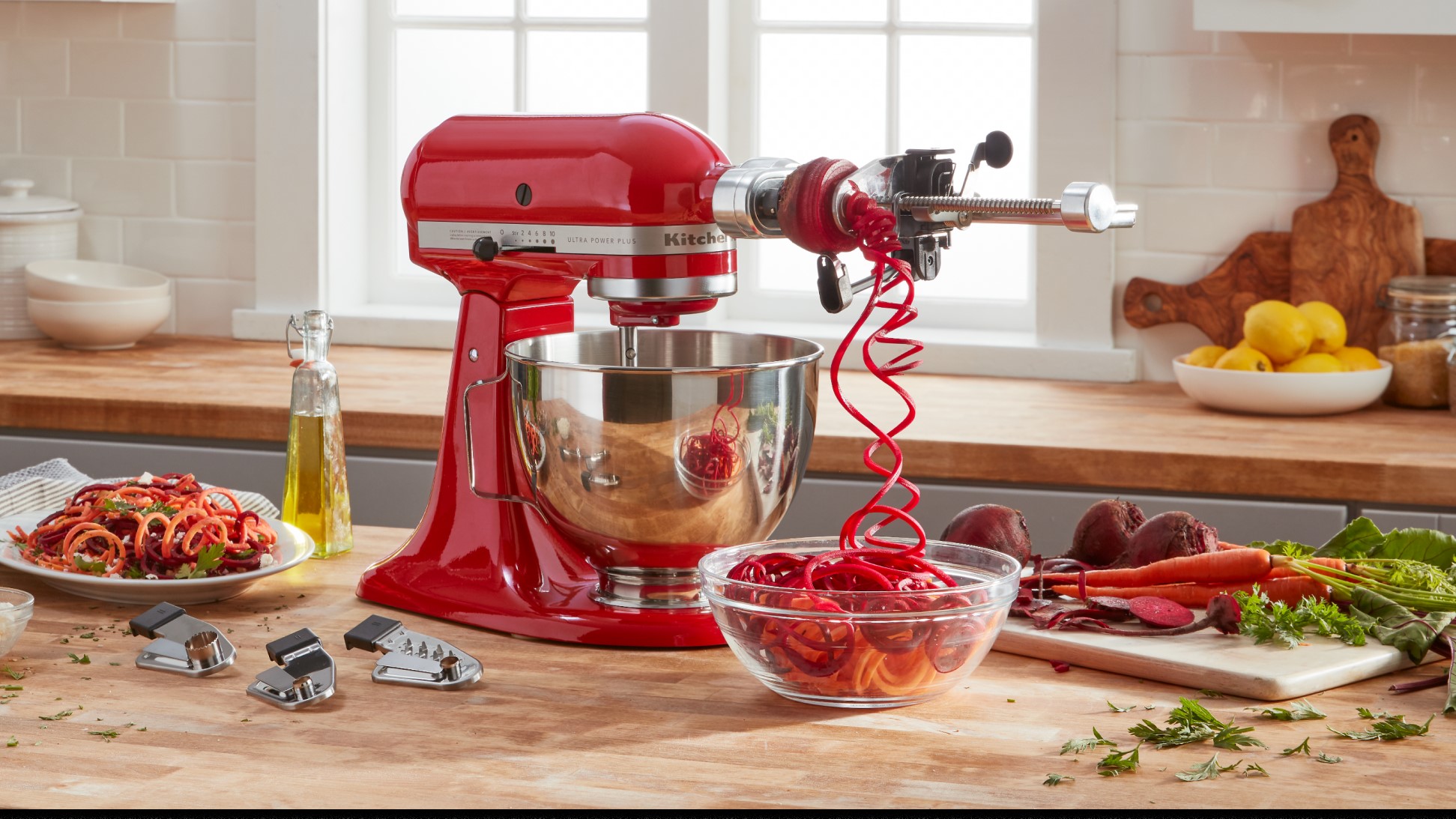
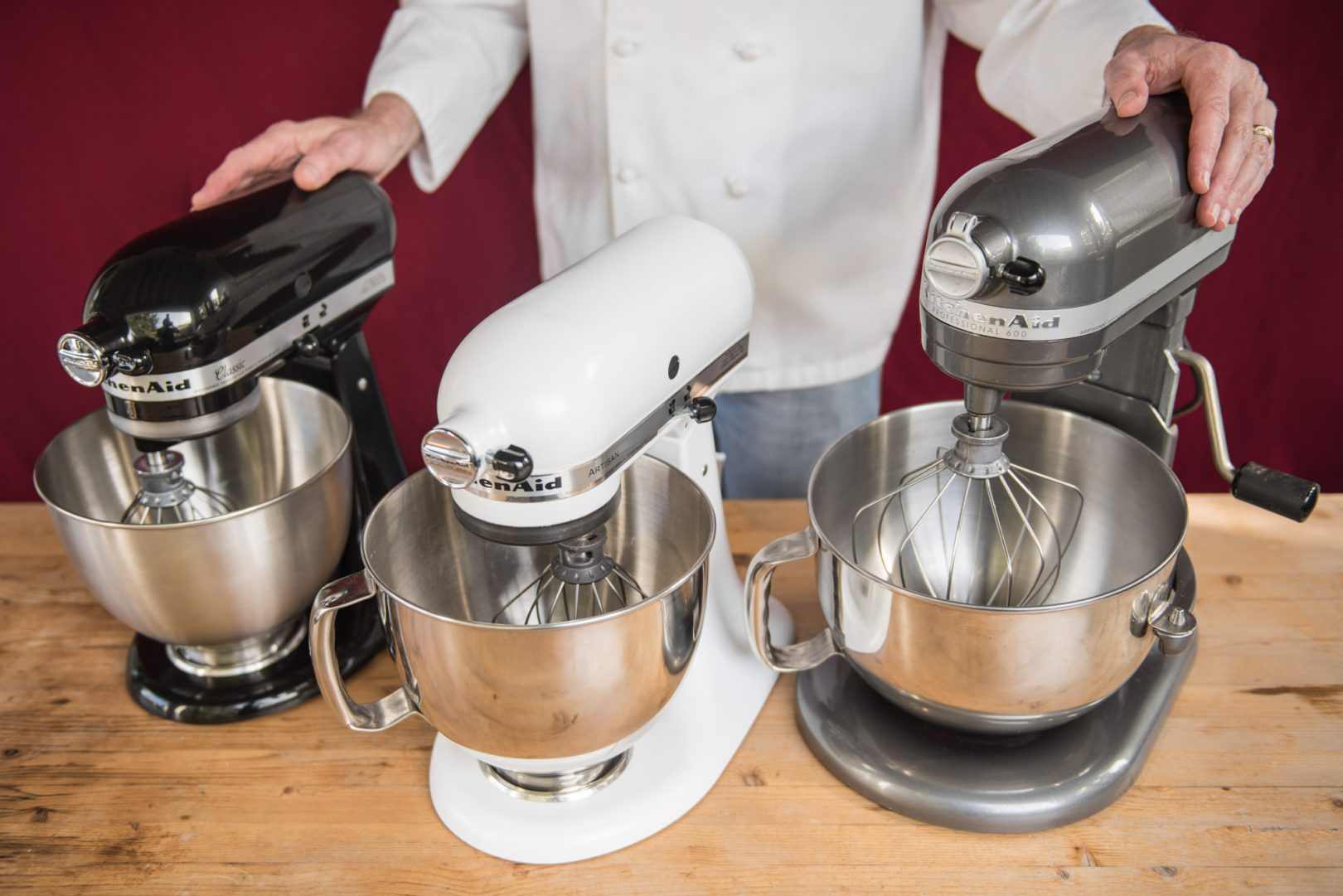
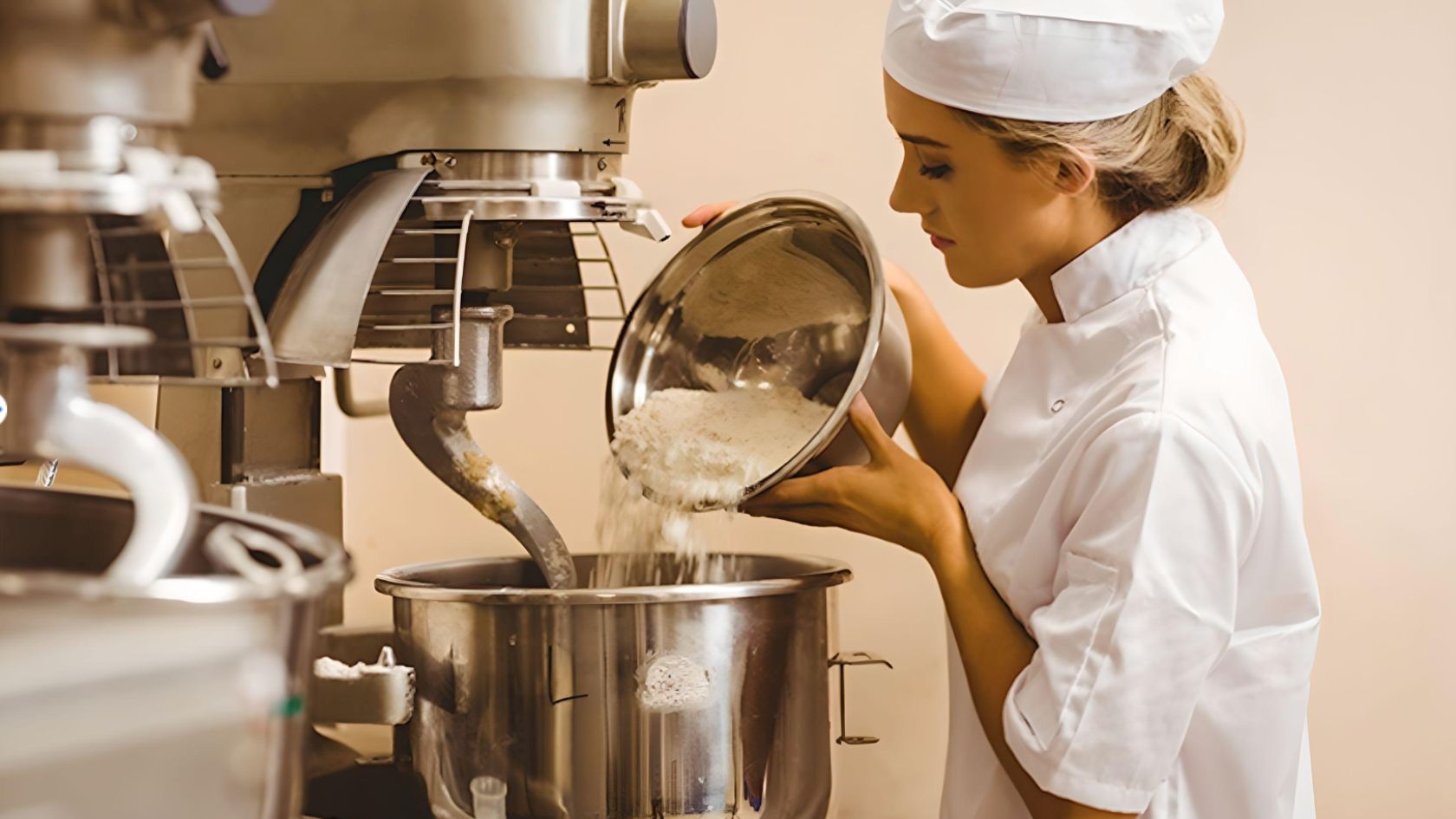
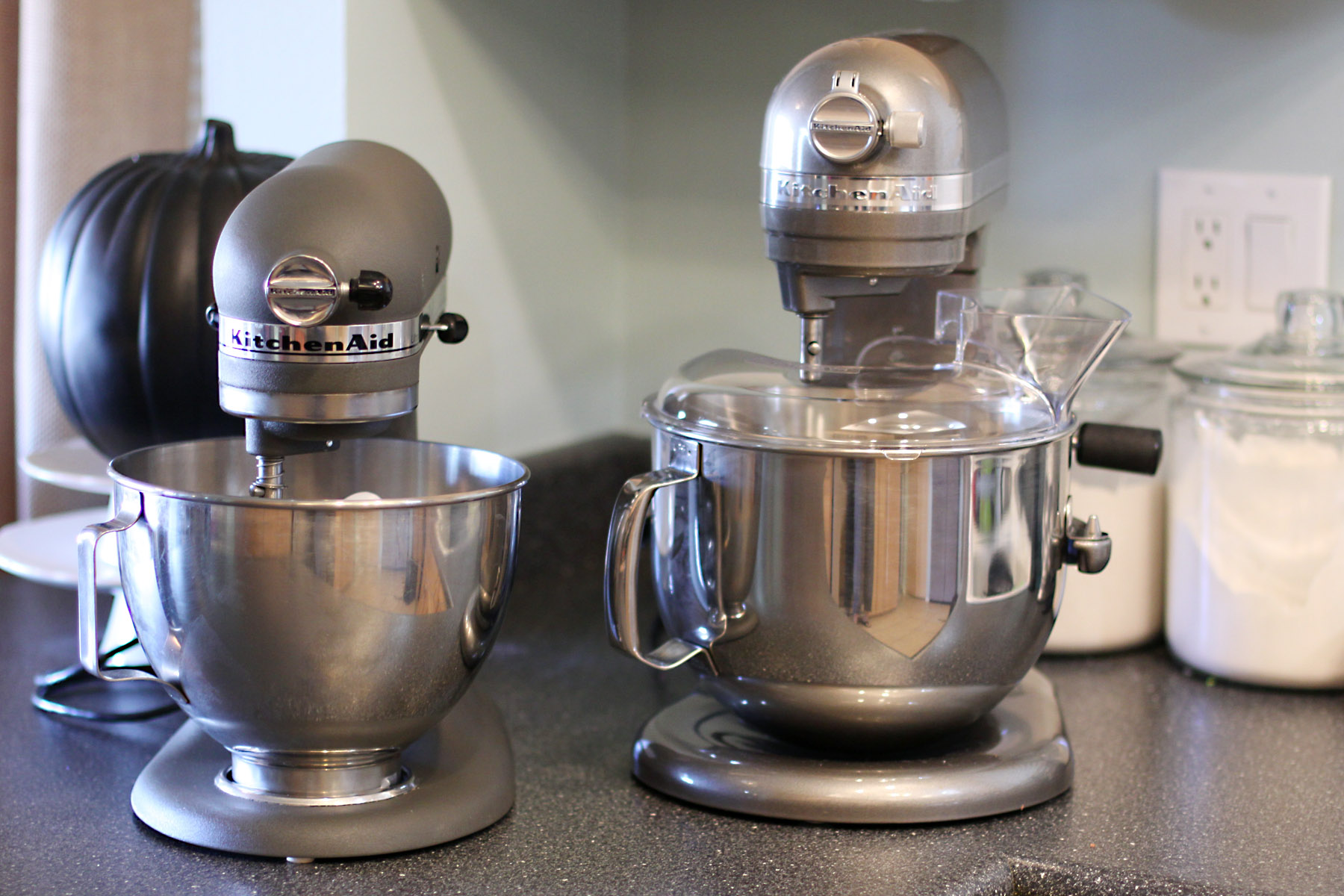
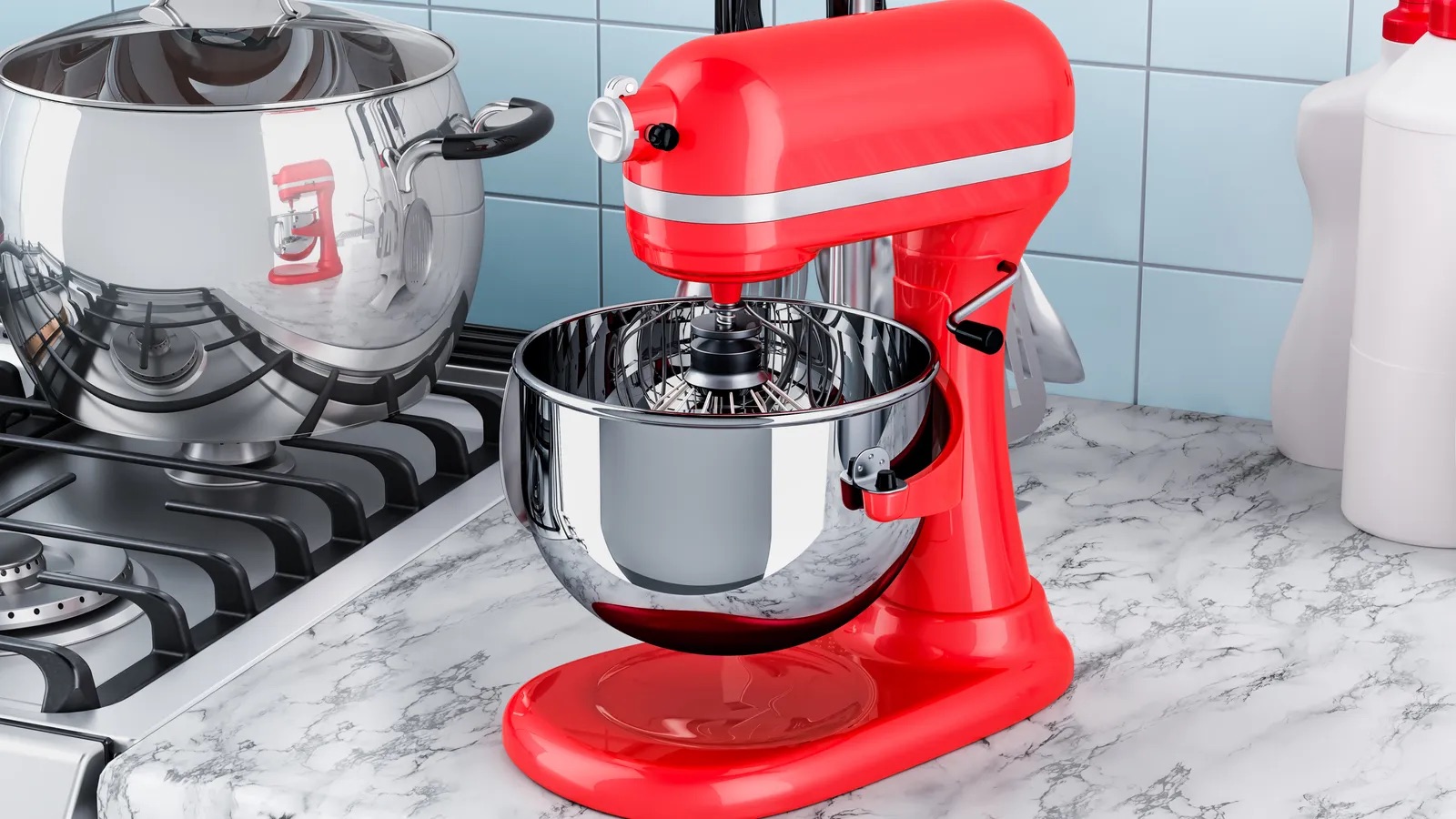
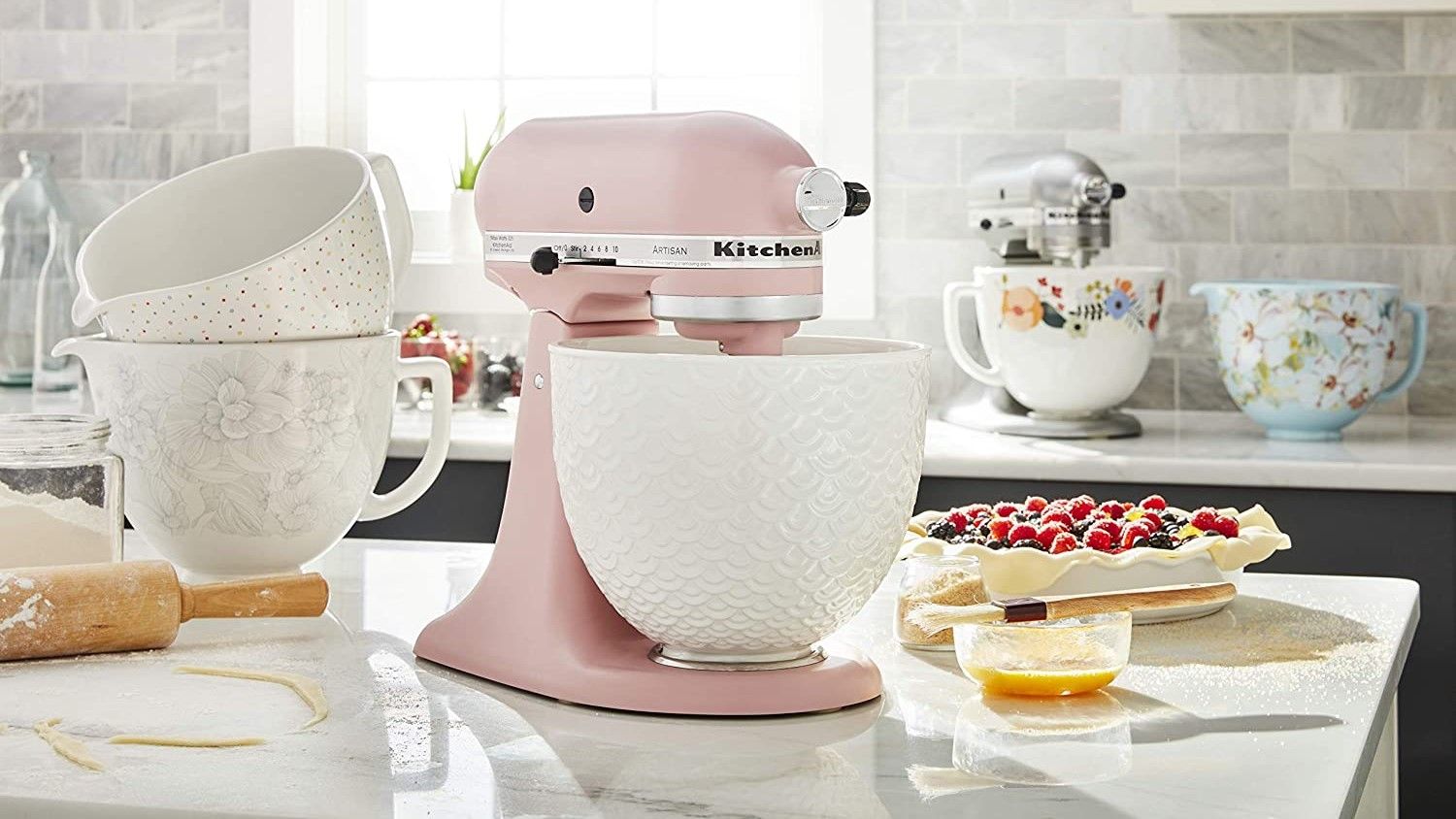
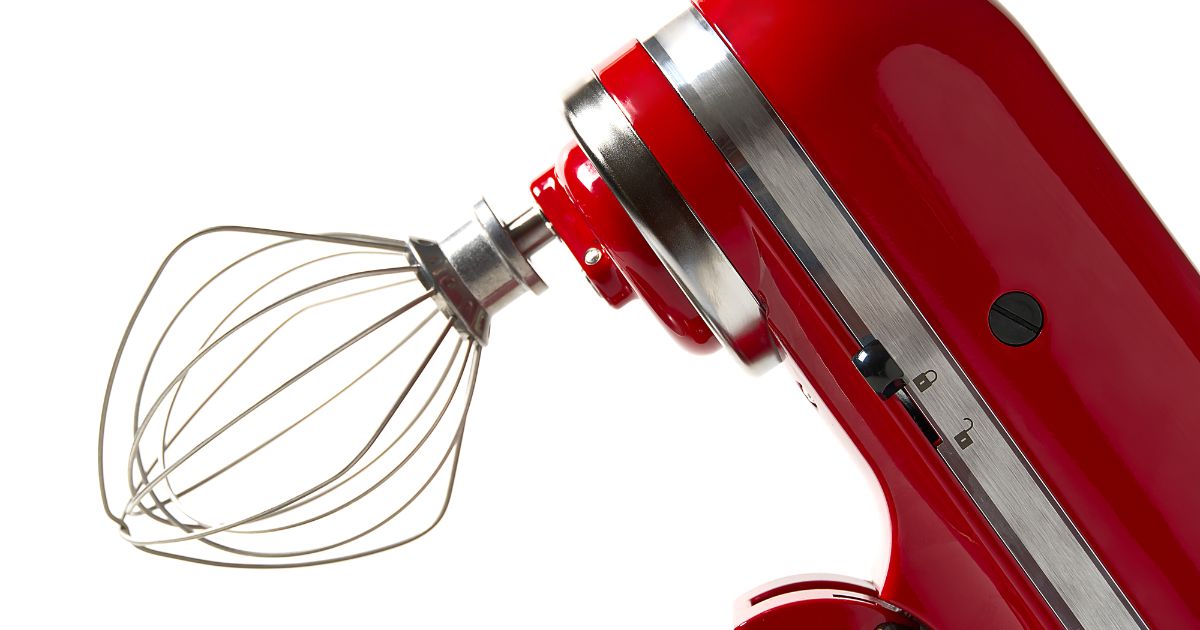
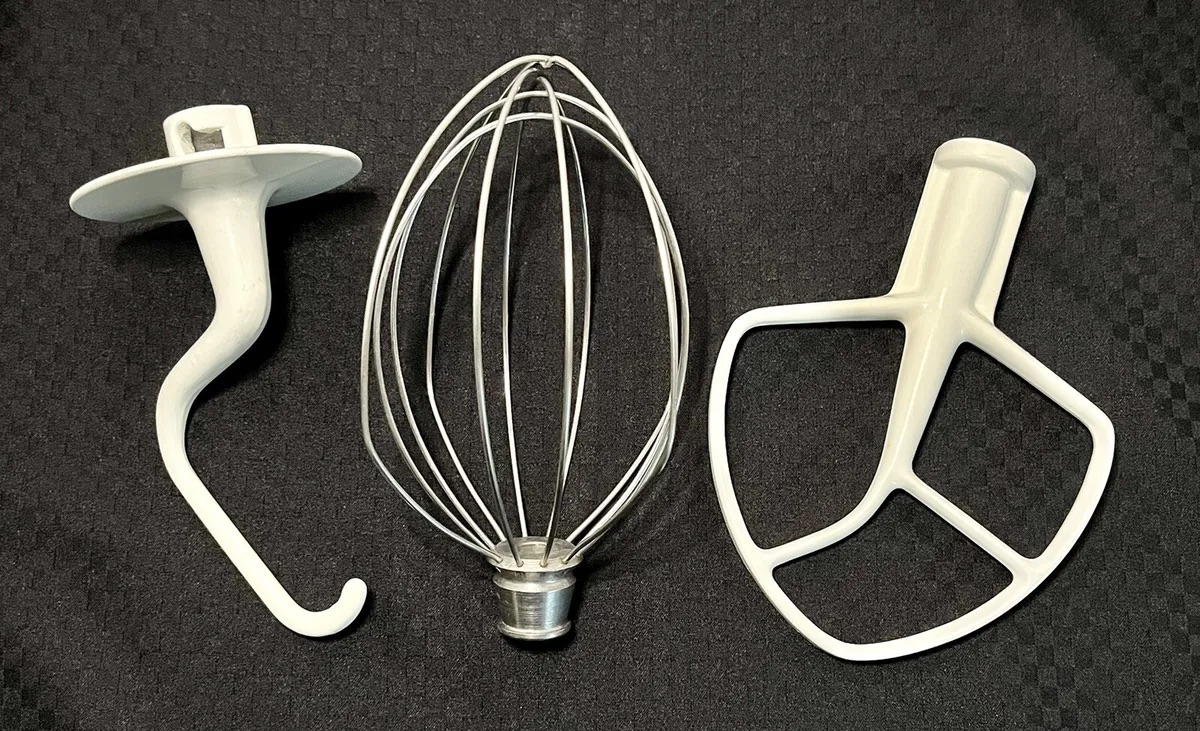

0 thoughts on “What Is Stand Mixer”